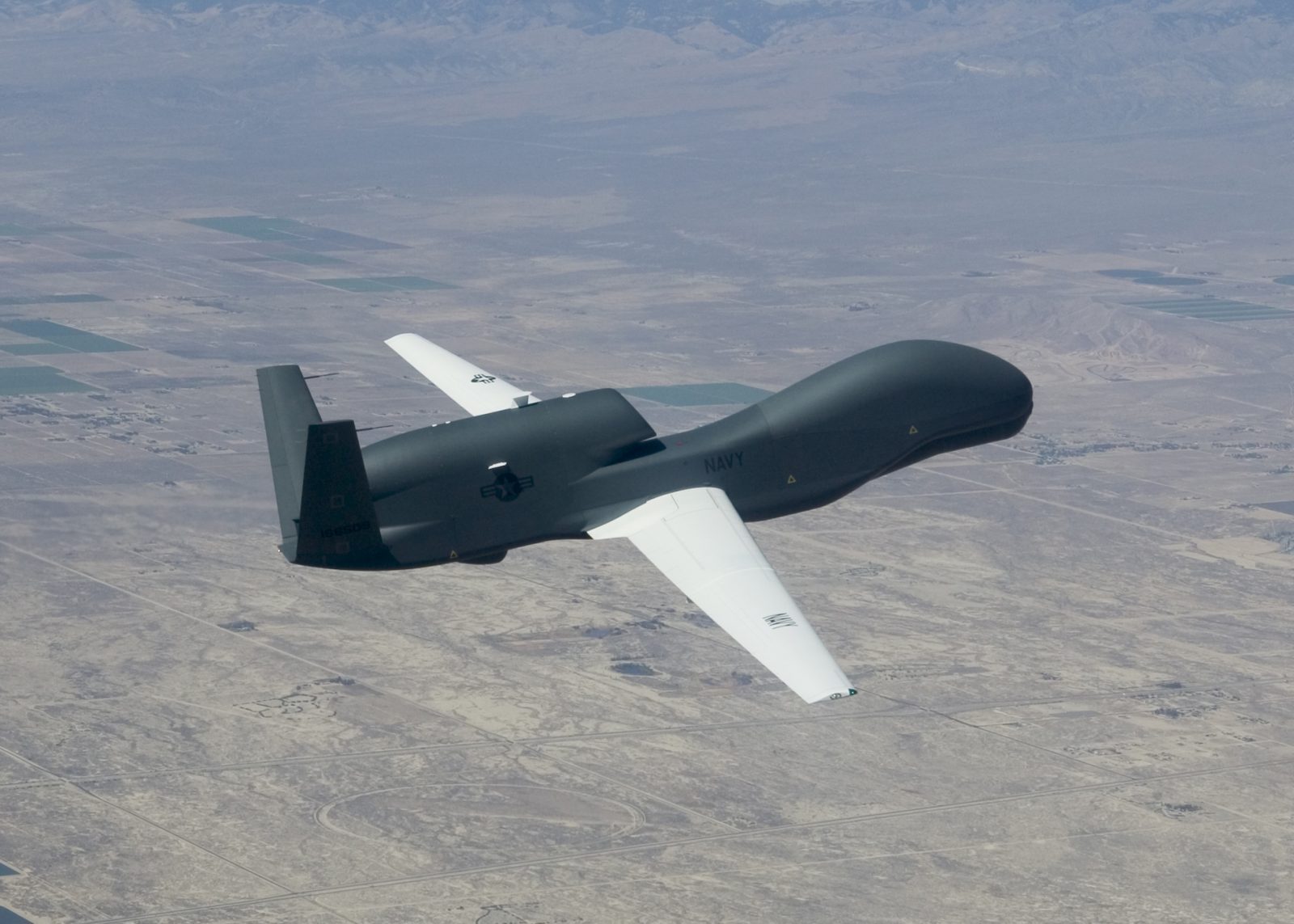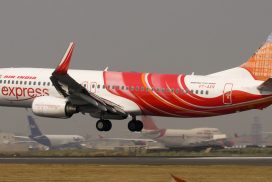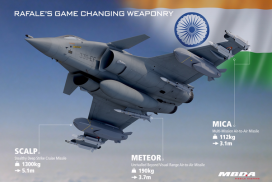The Northrop Grumman RQ-4 Global Hawk is an unmanned surveillance aircraft which was initially designed by Ryan Aeronautical and known as Tier II+ during development. Global Hawk is similar to Lockheed U-2 in terms of role and operational design.
The RQ-4 provides a broad overview and systematic surveillance using high-resolution synthetic aperture radar (SAR) and long-range electro-optical/infrared (EO/IR) sensors with long loiter times over target areas. It can survey as much as 40,000 square miles of terrain a day.
On March 4th the U.S. Air Force RQ-4 Global Hawk high-altitude, long-endurance autonomous unmanned aircraft system completed another year with remarkable decrease in cost per flight hour along with increase in flight hours. The system’s cost per flight has been brought down to half the cost of the manned alternative due to the Global Hawk program.
In the year 2013 the Global Hawk maintained a perfect safety record in FY14 after carrying the designation as the safest platform in the Air Force active inventory.
“As we move into 2015 and beyond, global security requires flexible systems and strategic agility. Global Hawk has proven again and again that it can bring unparalleled endurance, innovation and value to any mission,” said Mick Jaggers, director, Global Hawk, Northrop Grumman. “We are proud that, together with our Air Force partners, we are operating a very safe system that provides intelligence, surveillance and reconnaissance [ISR] information effectively and efficiently when and where it is needed.”
The Global Hawk is operated by the United States Air Force and U.S. Navy. It supports forces in worldwide military operations by being a device used as a high-altitude platform, covering the spectrum of intelligence collection capability. According to the United States Air Force, the superior surveillance capabilities of the aircraft allow more precise weapons targeting and better protection of friendly forces. A cost overrun led the original plan to acquire 63 aircraft has been cut to 45, and to a 2013 proposal, to mothball the 21 Block 30 signal-intelligence variants. Each aircraft was to cost US$35 million in 2005, but it rose to $222.7 million per aircraft (including development costs) by 2013.The U.S. Navy has developed the Global Hawk into the MQ-4C Triton maritime surveillance platform.
The Global Hawk UAV system comprises the RQ-4 air vehicle, which is fit with various equipment like sensor packages and communication systems, a ground element consisting of a Launch and Recovery Element (LRE), and a Mission Control Element (MCE) with ground communications equipment. Each RQ-4 air vehicle is powered by an Allison Rolls-Royce AE3007H turbofan engine with 7,050 lbf (31.4 kN) thrust, and carries a payload of 2,000 pounds (910 kilograms). The fuselage comprises of aluminium, semi-monocoque construction with V-tail; the wings are made of composite materials.
Global Hawk variants have flown more than 140,000 flight hours in support of diverse missions. Carrying a variety of ISR sensor payloads.




